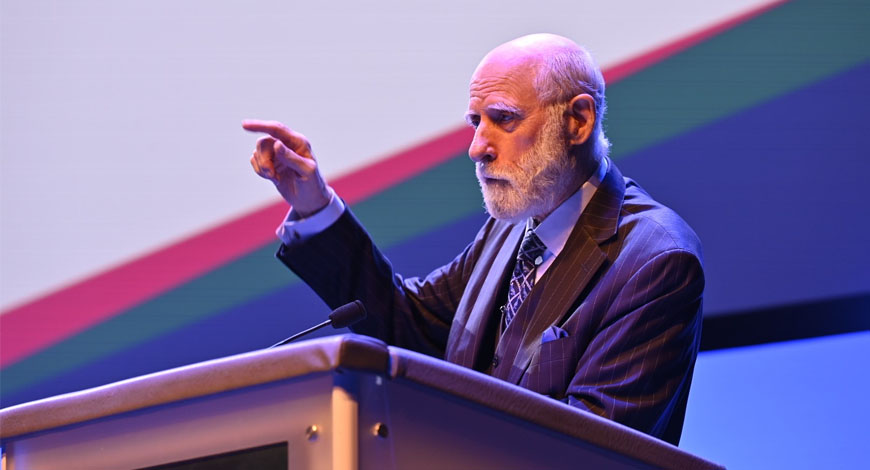Events
ECOC 2023 debates the latest in optical communications and photonics innovation

1,500 engineers and scientists from 39 countries are meeting in Glasgow this week for ECOC 2023 – the 49th European Conference on Optical Communications.
The plenary session, taking place at the SEC’s iconic “Armadillo” building, featured three top names in optical communications.
First to speak was Professor Polina Bayvel, Head of the Optical Communications Group at University College London (UCL), who looked at the history of optical communication, and what might come next. She concluded that university-industry relationships are coming full circle, enabling development and a flourishing field.
She dedicated her talk to the memory of Professor John Midwinter, who pioneered the first optical fibre trials in 1977.
Colin Lees, CTIO at Openreach, talked about the phases of rolling out fibre in the UK, starting in 2017 with setting up the basics from 2016, building at scale that’s happening today, through to complete consolidation, which should come around 2029. Getting fibre from where the build has taken place into a home is like a mini civil engineering project each time, he said – practical considerations are a vital factor.
The big unknown is what comes next. He asked the room to consider: what do you do with the last 20% that still have copper based infrastructure? These will be the premises that it’s the hardest to reach with fibre, and may be something we hear about at future editions of ECOC.
The session was concluded by one of the giants of internet development – Vint Cerf, currently Vice President and Chief Internet Evangelist at Google. In a wide-ranging talk, he spoke about his work on data transmission in the Mars Rover network – prototype software uploaded in 2004 that gave much higher bandwidth. A much more elaborate version now runs in the International Space Station.
This network was originally built in response to radio communication needs – but the future will be with optical communications. And he mentioned one incredible side benefit of the work being done to increase communications capacity – it can also be used for detecting earthquakes.
The same evening, Professor Gillian Wright, European Principal Investigator for the James Webb Space Telescope, took to the stage for ECOC’s Outreach Talk – a public lecture intended to inspire a new audience into engineering and science.
JWST launched in 2021, but construction began in 2004 – one of the most ambitious projects in the history of space science. The light pathway for the MIRI spectrograph was designed in Edinburgh. The project has enabled observation of how galaxies form and develop, and the origins of life.
During the rest of the week, over 500 presentations and 300 exhibition stands have been available for the international optical communications and photonics community to enjoy – including talks, posters, demonstrations of live equipment, and debate sessions. The evenings saw the opportunity to network in some spectacular settings and enjoy a taste of Scottish food and culture, culminating in a 500-person conference dinner at the Kelvingrove Museum.
CT Bureau















You must be logged in to post a comment Login